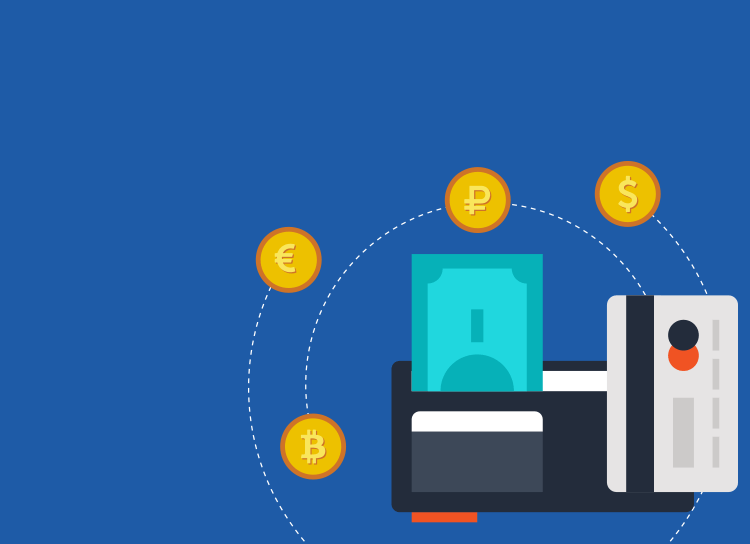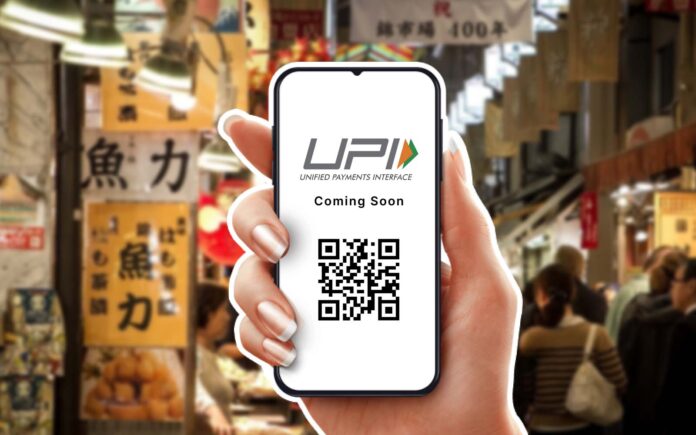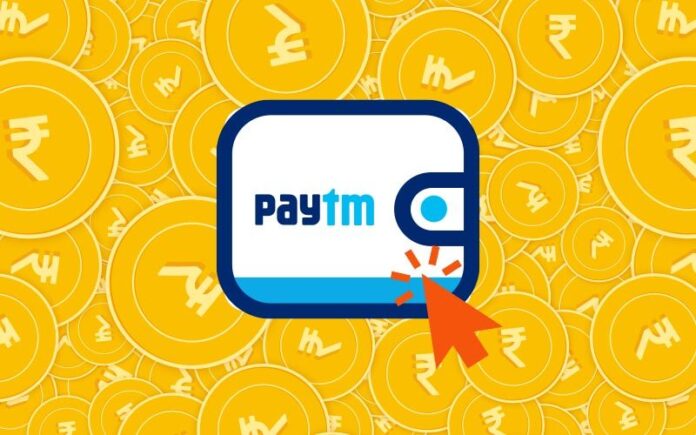
Table of Contents
PayOp is a payment aggregator for different lines of business that have existed since 2016. PayOp allows you to accept payments in over 170 countries located in the Asia-Pacific region, Latin and North America, the European Economic Area, as well as in Ukraine and the CIS countries. The aggregator has offices in the USA, UK, Singapore, and Ukraine. Entrepreneurs have over 300 payment methods to choose from, such as accepting Visa and Mastercard, acquiring local cards, and a variety of alternative payment methods, including e-wallets, bank transfers, Internet banking, and prepaid vouchers.
PayOp is constantly expanding the list of methods, trying to make accepting payments in online stores, websites, services, and mobile applications even more convenient.
Over the past few months, PayOp has added new payment methods, the main of which are presented below.
WebMoney

An electronic wallet that is part of an international electronic payment system. Almost 10,000 new users are registered in the system every day. It now has over 38 million users. Today there are 10 types of wallets in WebMoney. In fact, the WebMoney wallet is the same “plastic card” on which you can receive money, spend it on the Internet, or transfer electronic money in the WebMoney wallet into paper notes. Typically, users pay for various goods and services, transfer money to relatives, pay off debts, and transfer money for work done by remote specialists. The only drawback is that funds transfers can only be made between WebMoney wallets of the same type, otherwise, you have to make an exchange. Webmoney is available for Armenia, Georgia, Israel, Lithuania, Moldova, Uzbekistan, Thailand, Ukraine, Kyrgyzstan, Latvia, Tajikistan, Turkey, Azerbaijan, Panama, Kazakhstan, Great Britain, Turkmenistan, Japan, Belarus.
Asian-Pacific area
India
UPI

The Unified Payments Interface is an instant payment system that operates in real-time. It is developed by the National Payments Corporation of India and greatly simplifies interbank transactions. Now the vast majority of electronic transactions in the country are made using this system. However, not all banks are yet connected to this system. The system works around the clock and allows users to send and receive money using smartphones. These transactions only require a unique Aadhaar ID, mobile phone number, or virtual payment address. You do not need to enter your bank account details.
Net Banking
With Net Banking, you can make all your banking transactions instantly from the comfort of your home or office, or while on the road. More than 200 types of transactions are available within this payment system, including bank transfers and operations with credit, debit, and prepaid bank cards. Clients use Net Banking to manage their accounts, transfer funds, pay bills or loans, invest, and more.
RuPay
RuPay was created by the National Payment Corporation of India (NPCI) in 2012. Now it operates in all corners of the country, both in cities and in rural areas. The popularity of RuPay cards is constantly increasing, among users it is one of the most favorite payment systems. As of March 2019, 600 million cards have been issued. In terms of the volume and cost of completed transactions, this service occupies about 30% of the market. RuPay cardholders can withdraw money through ATMs, perform transactions online, and pay with a card. Payment processing is faster than Visa and MasterCard, and processing costs are lower.
PayTM wallet

PayTM is an electronic payment system in India? It has over 200 million active users, making it one of the largest online payment platforms in its country. This system outperforms banks in both the number of customers and the volume of transactions it processes. With its help, people can pay for goods and services on the Internet, as well as make instant payments in the store, as soon as they deposit cash into their account using online banking, debit, and credit cards. You can also deposit cash through partners and individual banks. A huge advantage is that e-wallet owners can make payments even without an Internet connection using a QR or barcode and a one-time password.
Indonesia
Virtual Accounts
Business customers can assign each of their customers a virtual account to simplify their identification and collection of payments made at different banks. Tracking current receivables and reconciling payments is much faster and easier.
Xendit wallet
80% of transactions in Indonesia are bank transfers. Xendit is the best payment gateway in Indonesia and Southeast Asia. This mobile wallet is for P2P payments.
Latin America
Colombia
PSE is a popular e-payment service in Colombia. It is a secure, fast, and easy way to pay online via real-time bank transfer. This method works for most major banks in Colombia. The customer simply needs to select their bank and enter the online payment system. PSE retains all necessary details and only authorization is required to process the payment. There are many benefits to accepting payments on a site from users who prefer this payment method.
Davivienda (cash)
Banco Davivienda is the most popular bank in Colombia. It has been operating since 1972. The bank is headquartered in Bogota, Colombia. The total number of the bank’s clients exceeds 10 million people, more than 5 million of its clients use mobile banking services (about 37% of the Colombian mobile banking market). The bank opens savings and current accounts issue consumer loans and commercial loans, credit and debit cards, mortgage loans, term deposits, and also offers portfolio management, foreign trade financing, and other services.
















